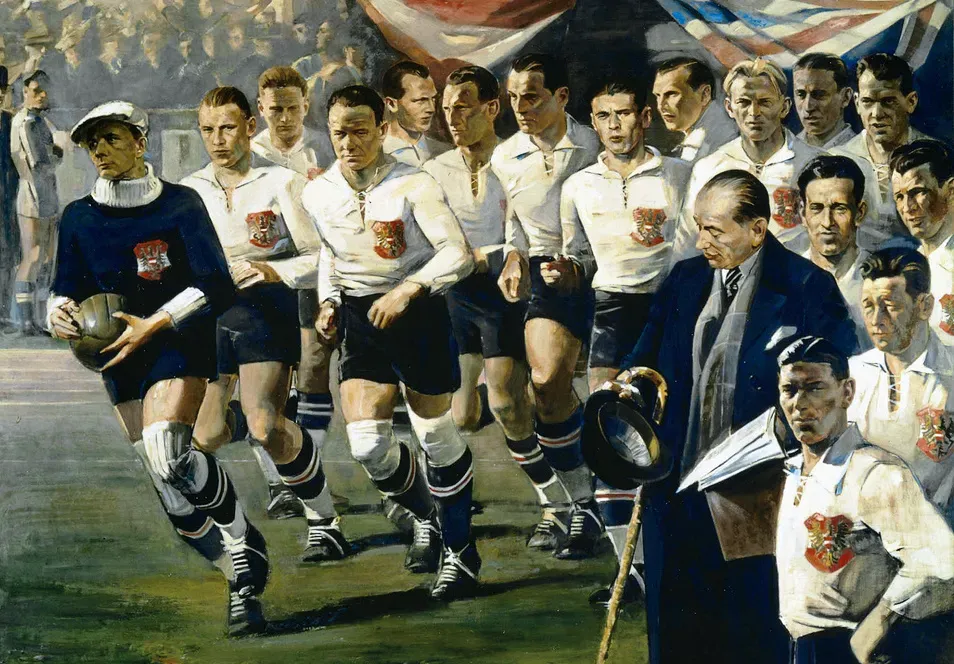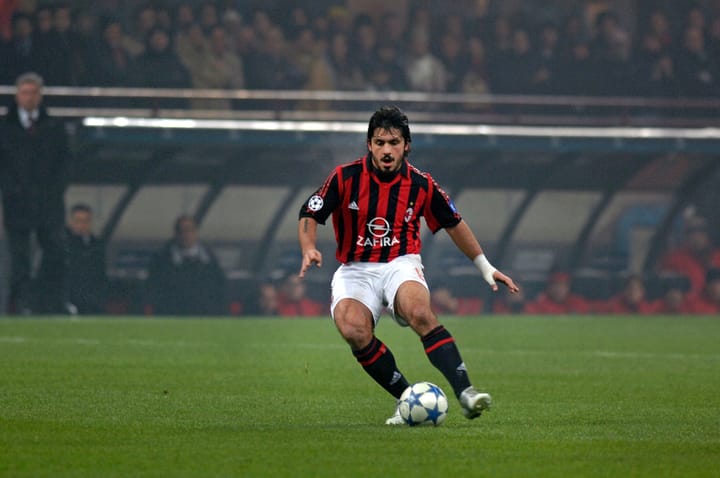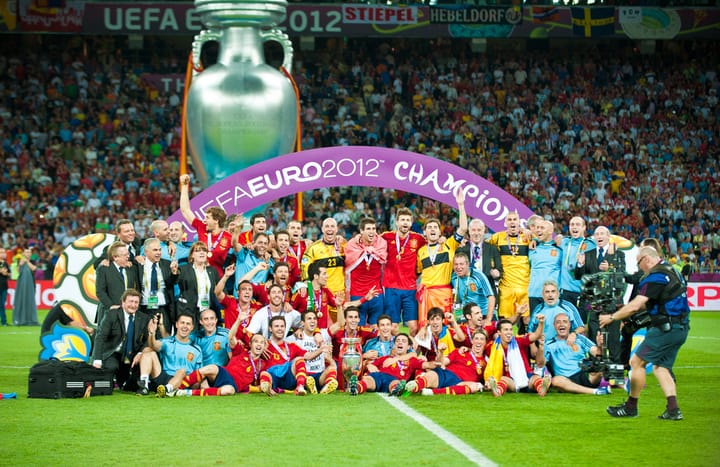Reviving Glory: The Resurgence and Legacy of the Austrian Wunderteam
In this article, we go back to the 1930's and pay attention to the Austrian Wunderteam.

In soccer history, there are certain teams that have left an unforgettable mark on the sport. The likes of Brazil 1970, Germany 1974, and Spain 2008–2012 often dominate our discussions of the greatest soccer sides. However, amidst the conversation, one team tends to be overlooked—the Austrian Wunderteam of the 1930s. Led by visionary coach Hugo Meisl, this team revolutionized the game with their innovative style of play, setting the stage for the future of European soccer.
The roots of the Wunderteam can be traced back to the early 20th century, when the Scottish style of play began to influence soccer in Austria. Scottish players and coaches, disillusioned with their own soccer philosophy, brought their knowledge to the Austro-Hungarian Empire, where it took hold and flourished. This new approach, known as the "Danubian Whirl," emphasized quick passing and interchanging positions, and it captured the imagination of the Viennese crowds.
At the helm of the Wunderteam was Hugo Meisl, a visionary coach and administrator. Meisl's influence extended beyond the soccer pitch, as he played a pivotal role in establishing a professional league system in Austria. Under his guidance, the Austrian national team rose to prominence, becoming a force to be reckoned with on the international stage. Meisl's dedication to the beautiful game and his relentless pursuit of excellence paved the way for the success of the Wunderteam.
One of the unique aspects of the Wunderteam was its diverse makeup. The team consisted of players from different backgrounds, including immigrants from Bohemia. This blending of cultures and soccer philosophies added an extra layer of creativity and flair to the team's playing style. The coffee houses of Vienna and Budapest became hubs of soccer analysis and intellectual conversations, where like-minded individuals dissected tactics and strategies, further enhancing the team's cohesion and understanding.
In the early 1930s, the Wunderteam boasted a formidable lineup of talented players. Among them were Matthias Sindelar, Josef Bican, Anton Schall, Josef Smistik, and Walter Nausch. These players, known as the "Four Viennese Sisters," epitomized the elegance and skill of the team. Their ability to seamlessly interchange positions and their instinctive understanding of each other's movements made them a formidable force on the pitch.
The Wunderteam's rise to prominence coincided with their triumph in the Central European International Cup, the precursor to the modern-day European Championship. The team's quick passing style and intricate movement overwhelmed their opponents, culminating in a 4-2 victory over Italy in the final. This success marked the pinnacle of the first Wunderteam's achievements and solidified their reputation as one of the most celebrated teams in Europe.
At the heart of the Wunderteam was Matthias Sindelar, a player whose name became synonymous with elegance and skill. Known as the "Paper Man" due to his slight build, Sindelar possessed an extraordinary ability to navigate through defenses with ease. His finesse and creativity on the ball captivated audiences, drawing comparisons to the legendary composer Wolfgang Amadeus Mozart. Sindelar's impact on the team and his untimely death in 1939 left an enduring legacy that continues to inspire the Austrian soccer world to this day.
The Wunderteam's journey to the 1934 World Cup in Italy was nothing short of remarkable. They entered the tournament as one of the favorites, having defeated their rivals Germany in a convincing fashion. However, their dreams of lifting the trophy were dashed in the semi-finals, where they fell to Italy in controversial circumstances. Despite the disappointment, the team's performance showcased their remarkable talent and cemented their place in soccer history.
As the 1930s progressed, the Wunderteam faced challenges both on and off the pitch. The rise of fascist ideologies and the impending Anschluss posed a threat to the team's unity and future. The annexation of Austria by Nazi Germany in 1938 marked the end of an era. The Austrian Football Association was disbanded, and many players found themselves caught between their love for the game and the political climate of the time. The Wunderteam, once a symbol of Austrian soccer excellence, was no more.
Austria's qualification for the 1938 World Cup presented a dilemma for the players and the nation. The Nazi regime demanded that Austrian players join the German national team, compromising their loyalty to their homeland. Some players succumbed to the pressure, but others, like Sindelar, refused to play for the Third Reich. The tournament proved to be a disappointment for Germany, as they were eliminated in the first round. This World Cup campaign highlighted the complexities and tensions surrounding soccer during a time of political turmoil.
The story of the Austrian Wunderteam is one of triumph and tragedy, innovation and resistance. Despite its relatively short existence, the team's impact on the soccer world cannot be understated. The Wunderteam introduced a style of play that transcended borders and inspired future generations of players and coaches. Their legacy lives on in the hearts of soccer fans and serves as a reminder of the power of the beautiful game to unite and inspire.




